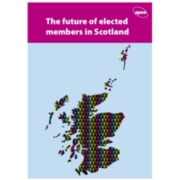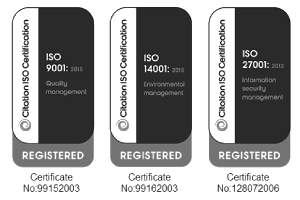The future of elected members in Scotland
The changing demands, requirements and expectations of the office of the councillor, like those of local government, are once again under scrutiny in Scotland. This 2014 study 'The future role of elected members in Scotland' surveys the beliefs and attitudes of elected members across Scotland. The survey generated returns from approximately 10 per cent of the 1222 councillors across the 32 authorities in Scotland. To supplement these returns, the survey was followed by a half-day focus group with elected members.
Survey respondents were asked to identify themselves as members of the 'executive' or 'shadow executive' in their authority. Scottish authorities have traditionally been organised according to a committee system, although recently some authorities have introduced cabinet-style executive systems. The position of 'executive councillor' was thus broadly interpreted as an elected member who is typically a committee convenor or office-holder in the council majority (or one who fulfils leadership roles for opposition parties in the case of a 'shadow executive' councillor). When asked whether they considered themselves to be an executive or non-executive councillor, half of respondents identified themselves as either executive councillors or shadow executive councillors in their authoirty.
Analysis of the survey raises four primary issues for local politics and policy in Scotland: the constant question of representation; harnessing the community patch orientation of councillors; boosting external-facing roles and functions; and the difference of outlook between executive and non-executive councillors. It concludes with an assessment of how these lessons might inform current debates over the future of local government in Scotland.
A copy of the full report is available to download below:
The future of elected members in Scotland.pdf
A limited number of free physical copies of the report are available for APSE members, and can be ordered using the form below:


.png)



.png)